The finely decorated portal, made by sculptor Fernando Onori, is a copy of the original, which is currently held in the Metropolitan Museum in New York.
The interior, with its apse frescoed in 13th century works depicting the Virgin Mary enthroned with saints, contains fragments of marble with winged figures which are perhaps from a sarcophagus and a ciborium.
The church dates back to the 11th century. Its importance and power gradually increased right up until the beginning of the 13th century. After the massive damage caused between 1228 and 1239 by Federico II, the church was rebuilt and the original layout was completely altered: the choir area was enlarged, the facade and bell tower were built and the semicircular apse was changed to be square-shaped and became the extension to the naves.
The abbey's period of decline began at the beginning of the 16th century; around 1800 the abbey had partly collapsed, and at the beginning of the 20th century the roof had completely collapsed and the entrance to the main portal had been walled up.
In 1958 a major restoration project gave the church back to the community.
Bibliography:
Santini L. (1998), Guida di Terni e del ternano, Ponte S. Giovanni (PG), Quattroemme
Sperandio B. (2001), Chiese romaniche in Umbria, Ponte S. Giovanni (PG), Quattroemme
























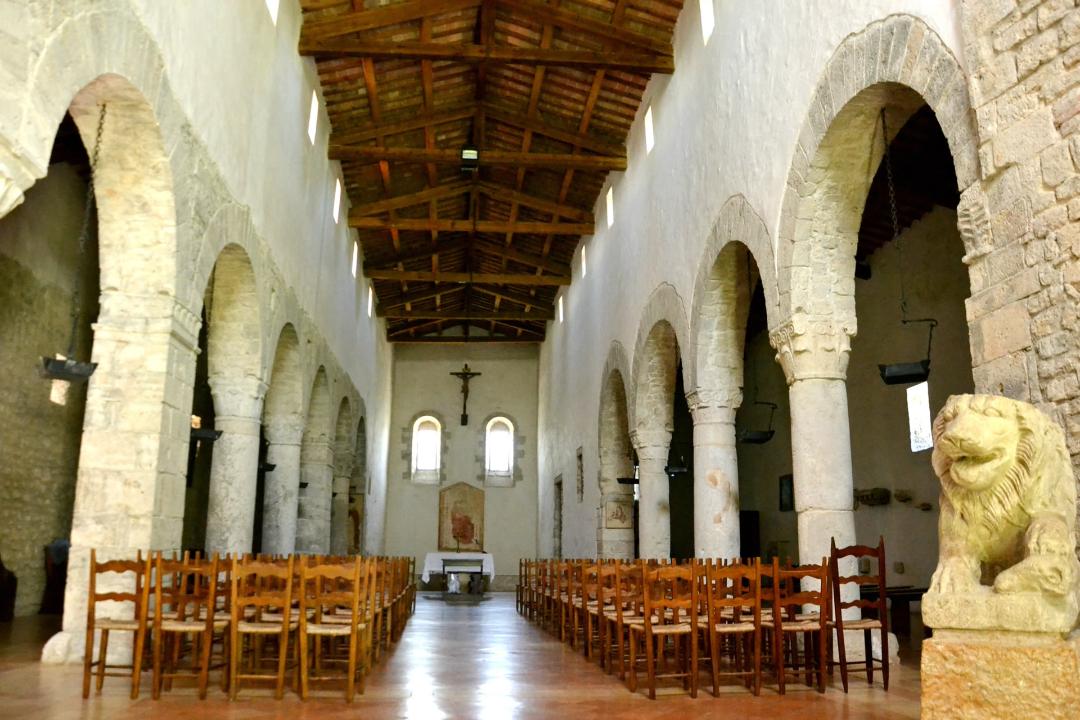
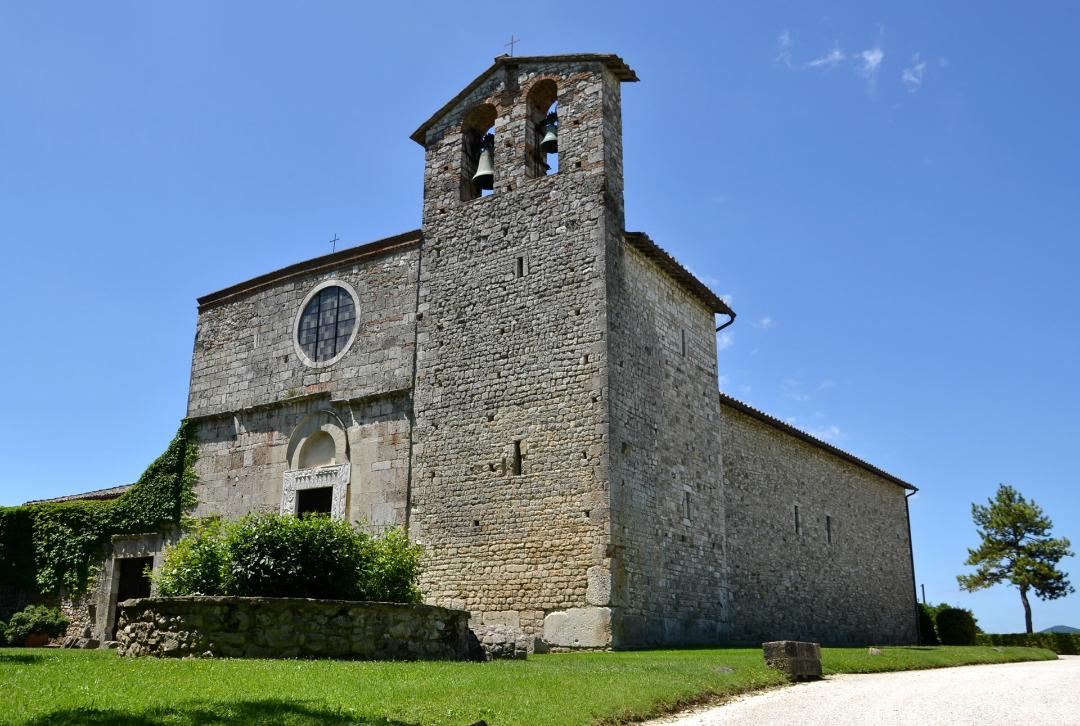
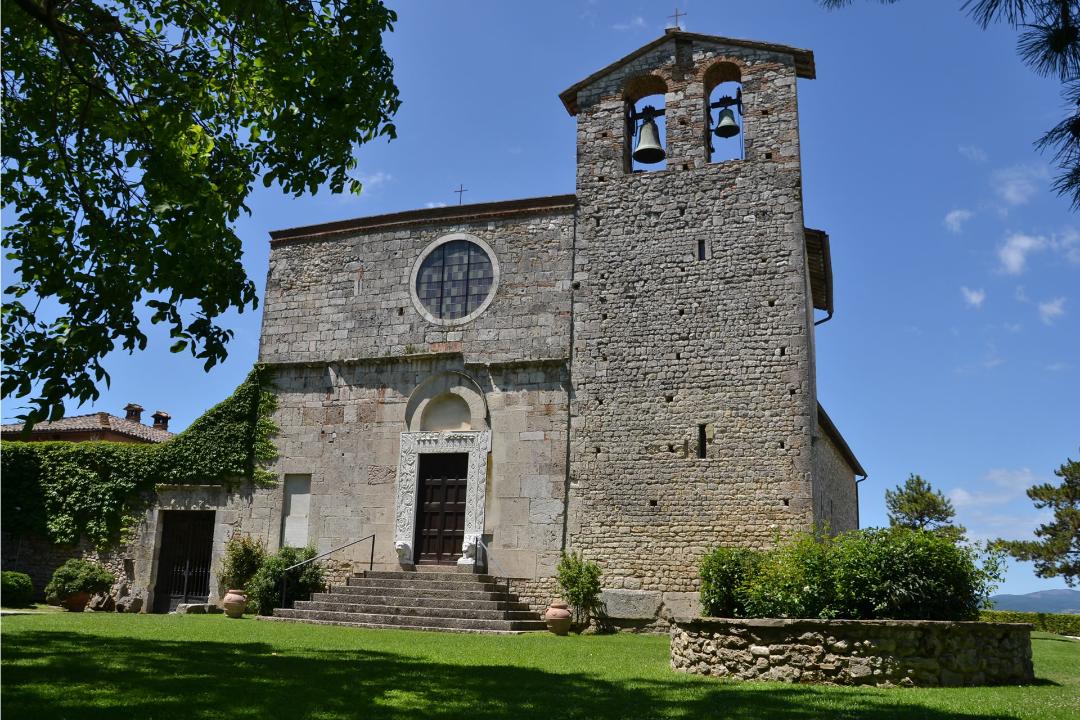
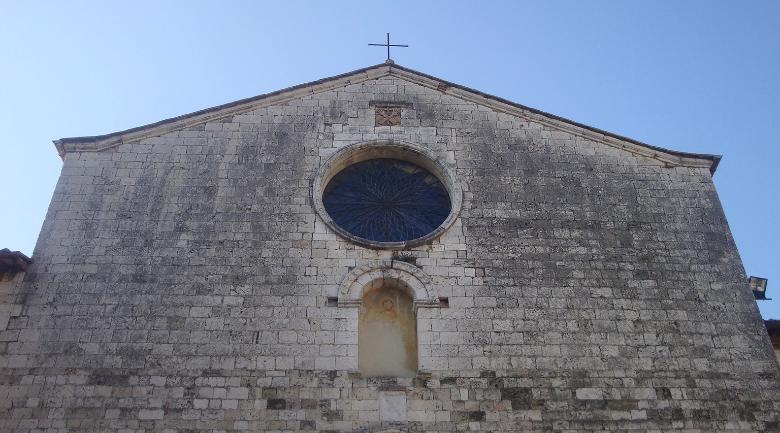

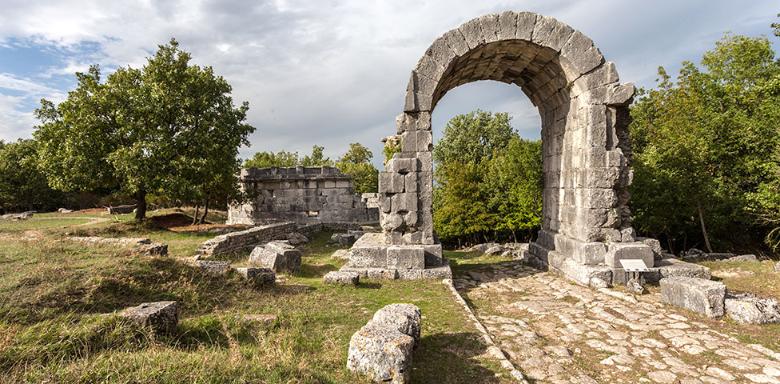
.jpg/cef61178-1781-47c0-2f27-8aa34140004b?width=780)


